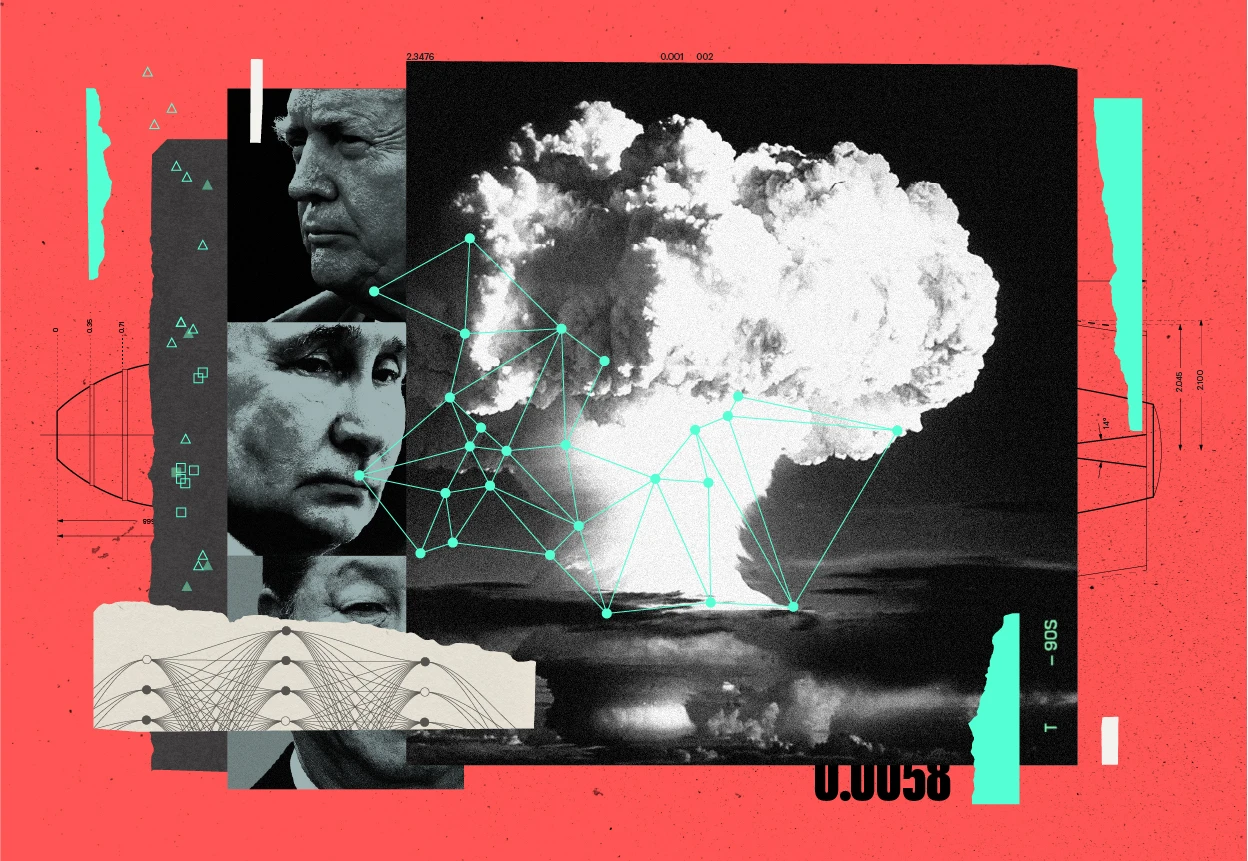by ANN FOSTER

IMAGE/Wikimedia Commons
Sent by Louis XIV, the filles du roi were sent to North America to birth new generations of colonists and help conquer the land.
On September 22, 1663, thirty-six young women arrived in a French colony on the shores of the St. Lawrence River in a region that we now call eastern Canada. While the men of the colony greeted them eagerly, the women were whisked away by an order of nuns already living in the area. These sisters would protect and train the women for their calling as wives and mothers, soon to be matriarchs of all New France, as it was then known. Over the next decade, hundreds more women would make this transatlantic journey, and nearly all remained to marry and bear children. They turned the fur trading colonies into self-sustaining settlements that formed the basis for present-day Quebec.
Today, two-thirds of all Canadians of French descent can trace their lineage to one of these women, widely known as the filles du roi or the King’s Daughters. The name was coined by Marguerite Bourgeoys, founder of the Congregation of Notre Dame in Montreal, and referred to the dowries that a small percentage of them were provided from Louis XIV, as the king might have given his own daughters. These women and girls, some as young as fourteen, had been recruited for their purported fertility, hardiness, and moral character. They were to become the mothers of a new generation of colonists whose presence in that region of North America would cement France’s dominion over it. If the act of conquering land was men’s domain, the king needed women to create emotional and physical connections to the land itself, ensuring these regions remained under French control.
The challenge facing the king was that the French men already sent to settle parts of New France had mostly become itinerant fur traders. Without a reason to return to one place, such as running a farm or visiting a family, settlements were failing to thrive and were at risk of being lost to the nearby Iroquois or British. Jean-Baptiste Colbert, Louis XIV’s finance minister and advisor, took measures to ensure that wouldn’t happen. In 1670, he issued an edict threatening to rescind hunting licenses and other privileges of unmarried French settlers. Colbert was also aware that a century earlier, the British had successfully implemented a program similar to what became the filles du roi in the Virginia colony. He designed filles du roi in partnership with Jean Talon, the great Intendant of Quebec. Colbert oversaw financing and recruitment for the program while Talon supervised the women upon arrival and saw to it that each was successfully married off.
The newly arrived women had to be able to endure relative isolation, survive winters harsher than they were used to in France, and possess the constitution to bear numerous children. It seems an unlikely option to appeal to many, but the opportunities becoming one of the filles could provide were alluring, particularly among the residents of the Salpêtrière hospital in Paris, which served more as an asylum or prison at the time. Some scholars suggest that many of the filles were sex workers, likely due to the Salpêtrière’s later reputation for housing women arrested as such. As Aimie Kathleen Runyan writes, during the time of the filles du roi program, the Salpêtrière provided housing to women and girls suffering from health conditions as well as to orphans, the homeless, and female criminals. The sisters who ran the hospital required a strong work ethic of its residents. Those healthy enough were put through a daily regimen of religious education and physical schooling intended to train them to be pious and obedient. The sisters were familiar with each resident and recommended only those they felt could succeed in Quebec.
JSTOR Daily for more





